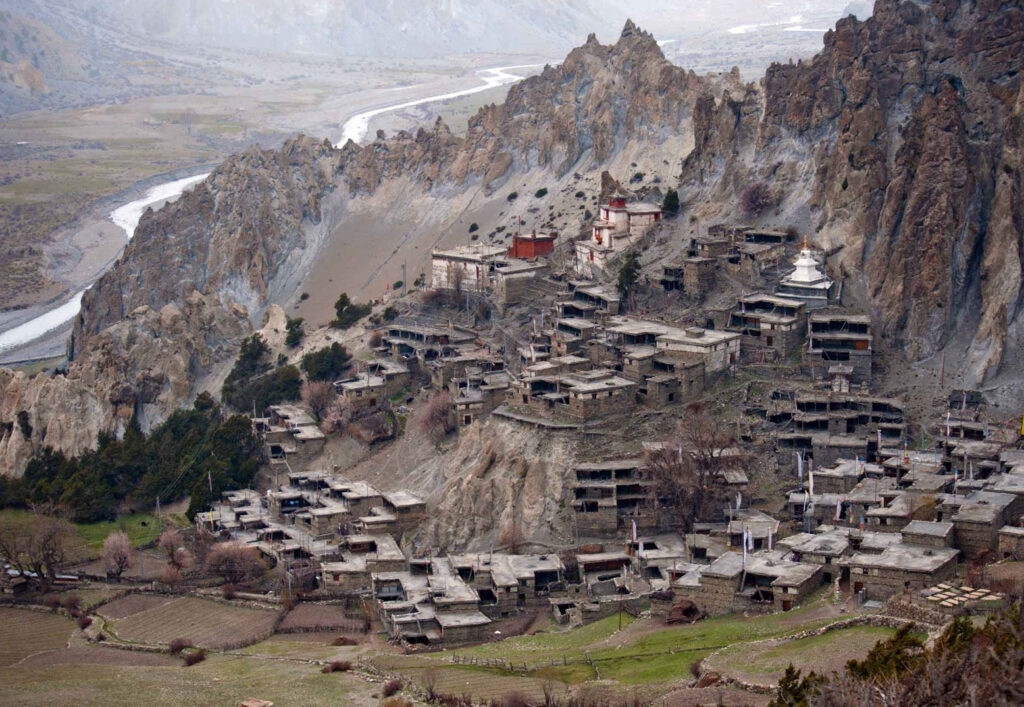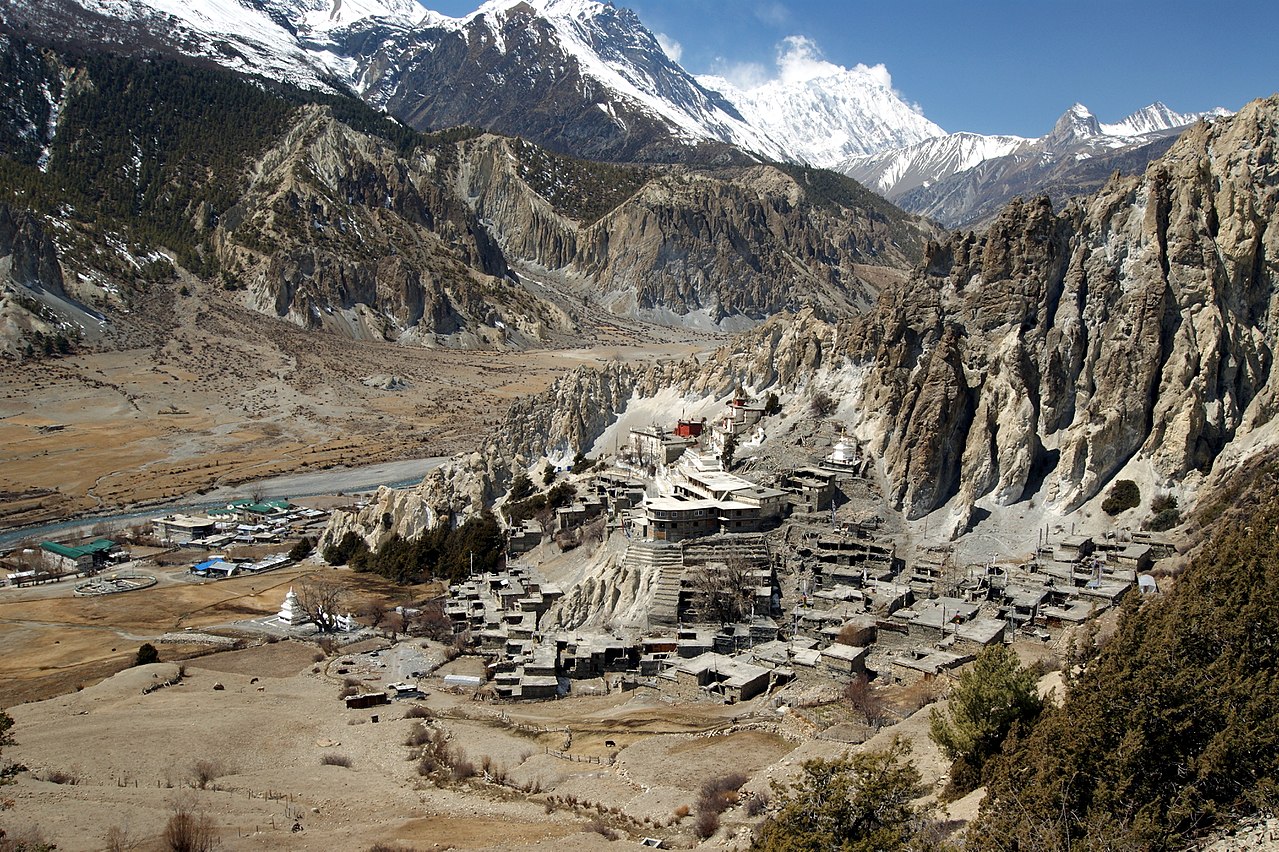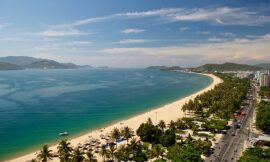Braga, a serene and culturally rich village nestled in the Manang district of the Annapurna region, stands as a testament to the timeless allure of the Himalayas. Situated at an altitude of approximately 3,340 meters, Braga captivates trekkers and travelers with its ancient monastery, breathtaking mountain views, and a traditional way of life that reflects the unique blend of Tibetan and Nepalese cultures.

The heart of Braga is undoubtedly the Braga Monastery, also known as Gompa. Perched on a hill overlooking the village, this ancient monastery is one of the oldest in the Manang district, dating back several centuries. The monastery’s whitewashed exterior, adorned with colorful prayer flags fluttering in the mountain breeze, creates a picturesque scene against the backdrop of the snow-clad peaks.
Braga Monastery is a spiritual haven, embodying the Buddhist traditions that have flourished in the Himalayan region for generations. Trekkers often climb the stone steps leading to the monastery to explore its sacred halls, adorned with intricate murals, religious artifacts, and ancient scriptures. The interior of the monastery exudes a tranquil ambiance, providing visitors with a meditative retreat amid the rugged mountain landscapes.
The monastery also serves as a vantage point for panoramic views of the Annapurna range, including peaks like Annapurna II, III, and IV. The sight of these majestic mountains, towering above the surrounding valleys, adds a sense of awe to the spiritual experience. Visitors often find solace in the quiet corners of the monastery, where they can soak in the breathtaking vistas and reflect on the magnificence of the natural world.
Beyond the monastery, Braga village itself unfolds as a cluster of traditional stone houses, narrow alleyways, and terraced fields. The architecture reflects the influence of Tibetan design, with flat-roofed houses and intricately carved wooden windows. The villagers, predominantly of Tibetan descent, follow a lifestyle deeply connected to the land and the cycles of nature.
The terraced fields around Braga showcase the agricultural practices that sustain the local community. Barley, potatoes, and other crops are cultivated on the fertile slopes, creating a patchwork of green against the rocky backdrop of the Himalayan hills. The agricultural terraces not only contribute to the village’s sustenance but also enhance the scenic beauty of the landscape.
Accommodations in Braga mainly consist of teahouses and lodges, providing trekkers with a comfortable place to rest and acclimatize to the higher altitudes. The warm hospitality of the locals, coupled with the rustic charm of the accommodations, offers an authentic Himalayan experience.
Braga’s simplicity and authenticity make it a hidden gem for those seeking a genuine cultural encounter in the Annapurna region. As trekkers explore the village, they may witness everyday life unfolding – locals engaged in agricultural activities, children playing in the village squares, and the sounds of prayer wheels spinning in the breeze.
Braga’s strategic location along the Annapurna Circuit makes it a natural resting point for trekkers on their journey through the Himalayas. The village provides a serene escape from the bustling world, inviting visitors to slow down, appreciate the natural beauty, and connect with the spiritual essence of the mountains.
In conclusion, Braga is more than just a waypoint on the Annapurna Circuit; it’s a destination that encapsulates the soul of the Himalayas. The ancient monastery, traditional architecture, and the harmonious coexistence with nature create an atmosphere of timelessness. As trekkers and travelers immerse themselves in the cultural and spiritual richness of Braga, they become part of a narrative that transcends generations, echoing the enduring spirit of life in the high Himalayas.



